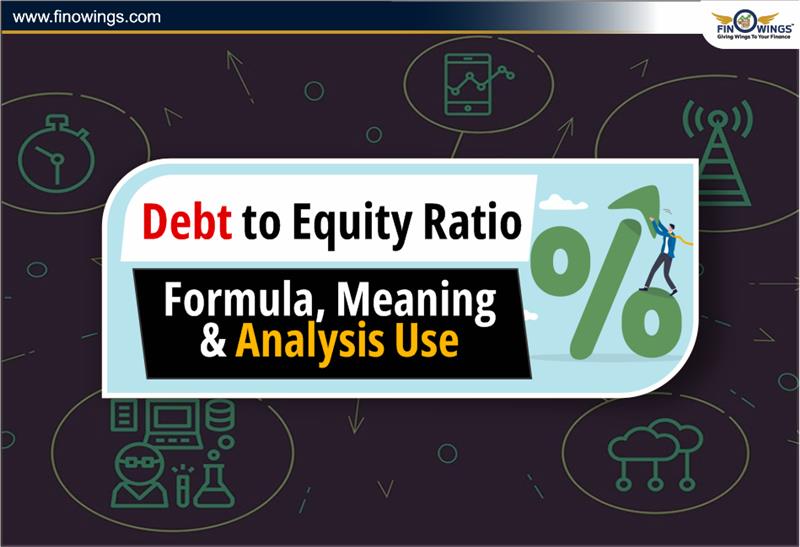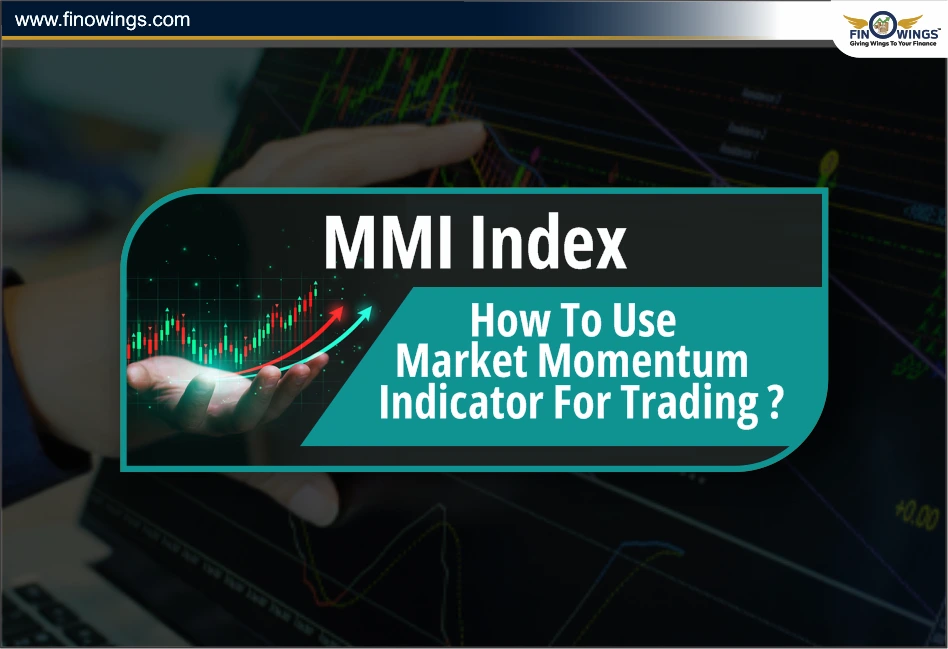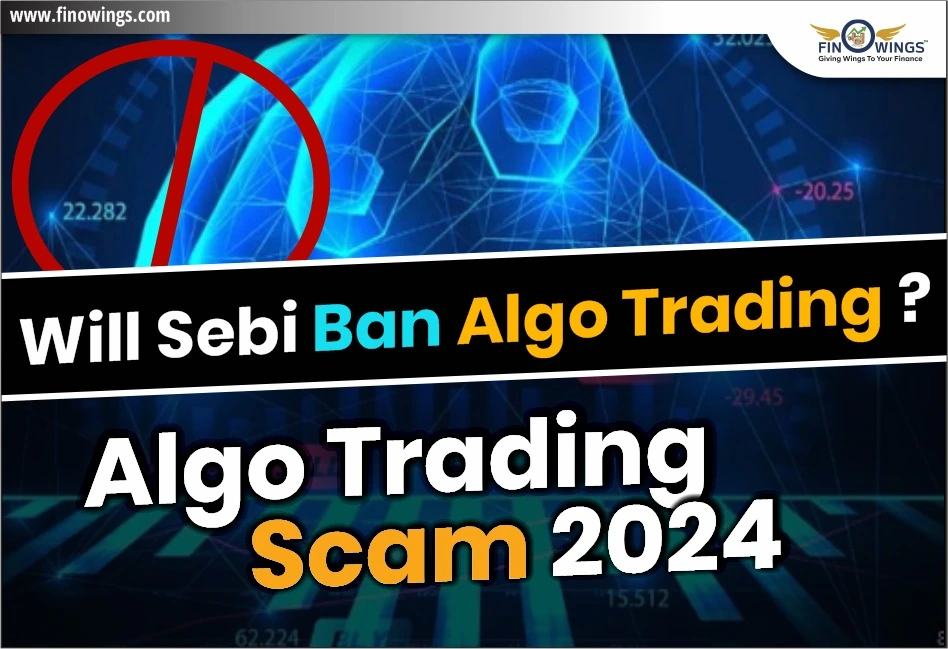Home >> Blog >> What is Know Sure Thing Indicator?
What is Know Sure Thing Indicator?

Table of Contents
What is Know Sure Thing Indicator?
When it relates to understanding the stock market, indicators are crucial. These graphical technical instruments are employed by traders, brokers, experts, and anyone who has even the slightest curiosity about the flow of assets. They give trading choices taken across the globe substance and security. Stock market signals can help project future price trends and also review prior movements to create some type of precedent by enabling those concerned to quickly and effectively analyze information. This makes it possible for shrewd investors to develop tactics that aid in profiting from something that would otherwise be challenging to forecast: the constantly shifting trends that have an impact on the market on a daily basis. The Know Sure Thing indication is among the most helpful of these data miners, but reliable data is a must in order to develop these methods (and short-term KST).
1. What Is a Know Sure Thing (KST) Indicator?
Researchers use the technical indicator Know Sure Thing (KST) to forecast the intensity of price changes in various marketplaces. It was first introduced in the 1992 issue of Stocks & Commodities magazine in a report titled "Summed Rate of Change (KST)" which also introduced the KST signal concept created by Martin Pring. The Know Sure Thing indicators are dependent on the smoothed-out rate-of-change (ROC) for 4 distinct periods and are displayed as graphical oscillators. They accomplish this by fusing four distinct price cycles into a single momentum oscillator, enabling researchers and chartists to, along with other things, look for divergences. The following describes these several patterns, which are frequently looked for in Know Sure Thing indicator analyses:
-
Divergences: Whenever an asset's cost is moving in a different direction from what a technical signal suggests, this is known as a divergence (including the TRIX or the KST oscillator, for instance.). This typically signals a deteriorating trend or, maybe even more likely, a price adjustment in the near term.
-
Signal line crossovers: Indicator lines are typically utilized to produce purchase and sell signals and/or indicate price trend shifts whenever evaluating technical signals, and oscillating indicators specifically. A price crossing over one of these lines will indicate (or signal) that something potentially significant has occurred to the cost of that asset, and the trader must take action—typically by executing some kind of deal.
-
Centerline crossovers: A centerline crossover occurs when an oscillator crosses over the central point (typically shown by a line called a zero line) of a cost indication graphic. The price variation is referred to as positive if it crosses over and upward past the zero line; on the other hand, it is referred to as negative if it crosses below that same central point. Investors can examine a price's trend more closely and in greater depth using centerline crossovers to spot modest changes in the trend. This allows them to assess whether they believe the new trend is likely to persist. If so, they will either buy in on the security or asset, which is essentially a bet on the uptrend continuing, or they will sell it short, which is the complete opposite.
2. How to Calculate Know Sure Thing Indicator?
The simple moving average (SMA) of four separate ROC periods is used to compute Know Sure Thing (Normally, the term "period" refers to a single trading day, but in this situation, the trader may choose to evaluate at any time). These times are then added together to form the KST, which is subsequently used to create a signal line by taking its 9-period SMA. The Know Sure Thing is calculated using the formula shown below, which may seem fairly challenging to someone without experience in market research and day trading:
The formula for KST Indicator
-
10-period SMA of a 10-period ROC is RCMA #1.
-
10-period SMA of a 15-period ROC is RCMA #2.
-
20-period ROC + 10-period SMA = RCMA #3
-
30-period ROC + 15-period SMA = RCMA #4
-
KST is equal to (RCMA #1) + (RCMA #2) + (RCMA #3) + (RCMA #4).
An illustration of a Know Sure Thing (KST)
Let's look at an illustration of a chart:
In the aforementioned illustration, the KST indicator faced significantly overbought conditions in the first few days of February before gradually crossing over, which resulted in a crossover and a timely sell recommendation. With mixed results, the signal also crossed over in the middle of March, the middle of March, and the middle of April. The idea is to look for overbought or oversold situations as well as a crossing to signal the trade.
To increase their chances of making a profitable transaction, traders may have also considered other types of technical analysis. For instance, when making their judgment, traders looking at the aforementioned chart may have taken into account the strong bearish volume on the day the signal occurred or the candlestick patterns preceding the signal. The Know Sure Thing indicator's recommended trades that are less profitable could be avoided by using these insights.
3. Know Sure Thing Indicator Strategy
The KST will typically swing both above and below the zero line. Therefore, to summarize the Know Sure Thing indicator technique in simple words, momentum supports a bullish strategy whenever Know Sure Thing is positive and promotes a bearish strategy whenever KST is negative. Typically, rising asset costs are indicated by a positive KST, which indicates that the weighted and smoothed ROC values are above the zero line. In contrast, a negative KST indicates the complete reverse. The standard strategy would be to go long or short, accordingly, even if there are numerous long- and short-term approaches that may be formed from these assessments.
Additionally, in order to properly comprehend the overall direction of the line and, consequently, the chances of a trend succeeding or failing in the future, researchers might look for indicator line crosses. KST is helpful in this aspect since it provides a good indication of momentum; a growing and negative KST line indicates that downside momentum is slowing, whilst a descending and positive KST line indicates the reverse. The centerline and signal line indicators remain the de facto norm, even though there are numerous distinct sorts of indications that can be looked into when employing KST. KST does have upper and lower limitations, unlike a TRIX indicator, making it less useful for identifying oversold/overbought assets.
4. What Does Short-Term KST Mean?
KST momentum oscillators are widely employed to evaluate short timescales, and as a result, they are usually found in short-term trading studies. This is what short-term KST means. The word "short-term" in trading refers to any futures/stock market trading method where the duration between starting and ending the method is only a few weeks at most, and often even less. The KST oscillator, as its title implies, is frequently employed in day trading, when turnover is extremely quick because approaches are typically opened and closed on the same day. Although this is typically a risky method of trading, KSTs enable traders to at least somewhat reduce that risk in the near term because this is the time frame for which their data is typically believed to be most reliable.
There is no "right" method to take whether it relates to trading or even market research altogether, it is crucial to remember, that there will always be tactics that favour the exception over the norm. As every individual investor selects what research approach to apply when trading, using a KST indicator to evaluate the market over a longer period of time is possible. Long-term price fluctuations can be measured using KSTs, and while they are less frequent, they are nonetheless not unheard of in price analysis. The reliability of a single chart is not necessarily of the utmost importance because signals are typically used in conjunction with one another. This is significant since, as was previously mentioned, the KST indication's precision can decline over longer timeframes (which appears quite frequently in various types of oscillator analysis).
Conclusion
Because they provide a pretty thorough summary of short- and even long-term price patterns, KST indicators are well-liked tools in market research. Once a trader has mastered the use of KST, they typically become skilled at anticipating momentum bursts, enabling them to construct more thorough and precise approaches and profit from changes immediately. It may be important to point out that an expert trader rarely starts to create views based entirely on the data from a single indicator. Given the abundance of technical research tools accessible to astute traders in the modern period, KSTs are typically employed in conjunction with a wide range of other instruments. Despite this, KST indicators continue to be one of the most potent and significant oscillators used in trading research, and their application is pervasive in the sector.
Frequently Asked Questions
KST typically rises whenever its signal line is above it and falls while it is below it. Downside momentum is decreasing, as shown by an increasing and negative KST line. A declining and positive KST line, on the other hand, denotes a slowing of the upward pace.
The Stochastic Oscillator is a momentum signal that over a predetermined number of times displays where the close is in relation to the high-low range. The indicator's possible values are 0 to 100. In an uptrend and a downtrend, the final price typically closes close to the high and low, respectively.
To indicate a purchase or sale, a super-trend signal is placed either above or below the final price. Depending on whether you should be purchasing, the indicator's colour changes. The super-trend indicator changes to green and indicates an entry point or entry point to buy when it moves below the closing price.
The MFI functions as a more aspirational leading indicator than the RSI because it is based on the idea that volume comes before price.

















